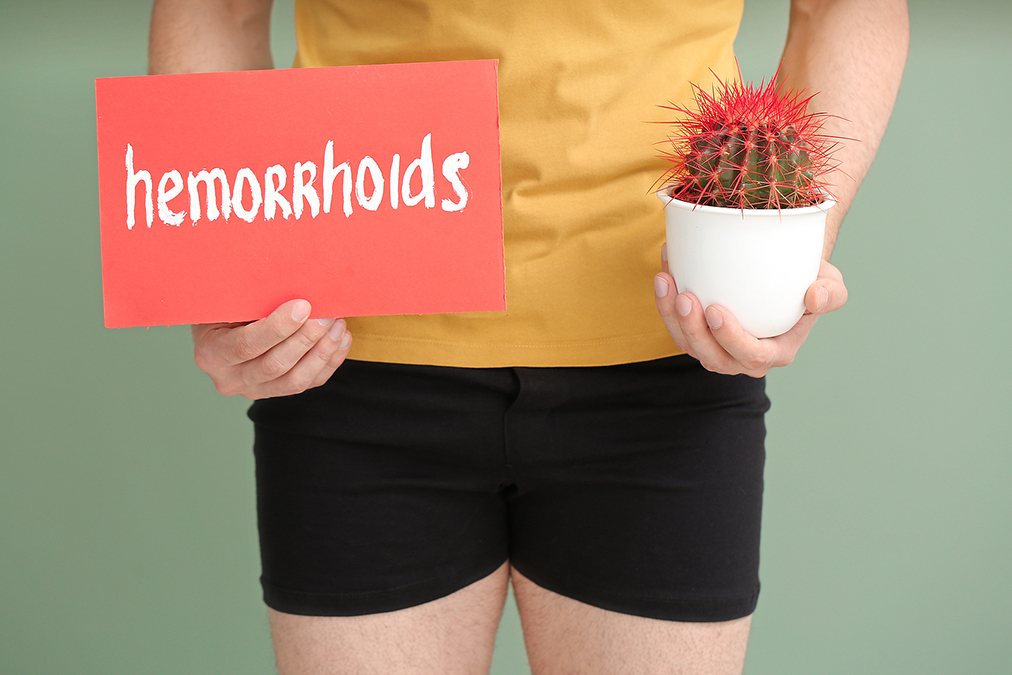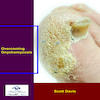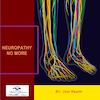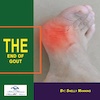 For many, checking the news or scrolling through social media while on the toilet has become second nature.
For many, checking the news or scrolling through social media while on the toilet has become second nature.
But a recent study presented at the Digestive Diseases Week 2025 conference has raised a surprising red flag: this seemingly harmless habit could increase your risk of developing hemorrhoids.
The issue the researchers explored makes perfect sense.
Smartphones have completely changed how we spend our time, including in the bathroom.
Unlike the old days of flipping through a magazine or newspaper (which had end-of-page breaks to stop reading), our phones can keep us glued to the screen far longer.
The research team investigated this connection by studying people already scheduled for colonoscopies at Beth Israel Deaconess Medical Center in Boston.
This allowed doctors to directly examine and document whether hemorrhoids were present, rather than relying only on self-reports.
They surveyed 125 adults, asking detailed questions about their smartphone habits while using the toilet.
They wanted to know how often people used their phones, what they did on them, and how long they typically spent in the bathroom.
The researchers also gathered information on other factors that might affect hemorrhoid development, like age, weight, exercise, and fiber intake.
The results painted a clear picture of modern bathroom behavior:
-
1. 43% of participants had visible hemorrhoids during their colonoscopy.
2. 66% of people used smartphones while on the toilet.
3. Of those, 93% used their phones at least once or twice a week in the bathroom.
4. 55.4% used their phones most of the time while on the toilet.
5. Most importantly, phone users had a 46% higher risk of developing hemorrhoids compared to non-users.
6. 37% of phone users spent more than six minutes per toilet visit, compared to just 7% of non-users.
7. 35% of phone users admitted they believed they spent more time on the toilet because of their phone.
8. The most common bathroom phone activity was reading the news (54%), followed by social media (44%) and texting or emailing (30%).
Even after adjusting for other risk factors like age, sex, weight, diet, and physical activity, the link between smartphone use and hemorrhoids remained strong.
Why? Scientists believe prolonged sitting and straining during bowel movements puts pressure on the blood vessels in your rectum and anus.
Over time, this pressure can lead to swelling, pain, and bleeding.
But putting down your phone won’t cure your hemorrhoids.

 Overcoming IBD
Overcoming IBD Multiple Sclerosis
Multiple Sclerosis Banishing Bronchitis
Banishing Bronchitis Gum Disease Gone
Gum Disease Gone Overcoming Onychomycosis
Overcoming Onychomycosis Neuropathy No More
Neuropathy No More The Prostate Protocol
The Prostate Protocol Brain Booster
Brain Booster
 Ironbound
Ironbound
 Solution for Shingles
Solution for Shingles
 The Bone Density Solution
The Bone Density Solution
 The Ultimate Healing Protocol
The Ultimate Healing Protocol
 The Parkinson's Protocol
The Parkinson's Protocol
 The Chronic Kidney Disease Solution
The Chronic Kidney Disease Solution
 Overthrowing Anxiety
Overthrowing Anxiety The Fatty Liver Solution
The Fatty Liver Solution The Hypothyroidism Solution
The Hypothyroidism Solution
 The End of Gout
The End of Gout The Blood Pressure Program
The Blood Pressure Program
 The Oxigized Cholesterol Strategy
The Oxigized Cholesterol Strategy
 Stop Snoring And Sleep Apnea Program
Stop Snoring And Sleep Apnea Program
 The Arthritis Strategy
The Arthritis Strategy The Vertigo & Dizziness Program
The Vertigo & Dizziness Program The 3-Step Diabetes Strategy
The 3-Step Diabetes Strategy Hemorrhoids Healing Protocol
Hemorrhoids Healing Protocol The Erectile Dysfunction Master
The Erectile Dysfunction Master Weight Loss Breeze
Weight Loss Breeze The IBS Program
The IBS Program The Insomnia Program
The Insomnia Program The Migraine and Headache Program
The Migraine and Headache Program The Neck Pain Solution
The Neck Pain Solution The Menopause Solution
The Menopause Solution The Ejaculation Master
The Ejaculation Master The TMJ Solution
The TMJ Solution The Acid Reflux Solution
The Acid Reflux Solution The Fibromyalgia Solution
The Fibromyalgia Solution The Psoriasis Strategy
The Psoriasis Strategy